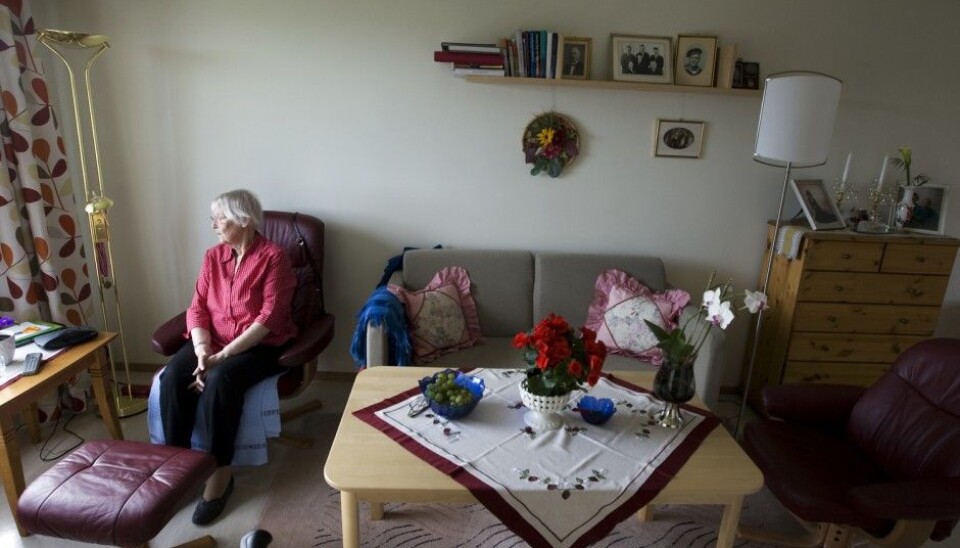
We need to talk to the elderly about life’s end
Many nursing homes don’t begin the conversation early enough about what elderly patients would like out of their last few months and years of life. Instead, that conversation often takes place between the patient’s family after the patient is very sick or dying.
In an age where death has become highly medicalized, end-of-life choices can be bewildering at best and downright nightmarish at worst. Nursing homes are in a perfect position to help their elderly patients grapple with these issues.
But a new study of 486 Norwegian nursing homes suggests they need to do a better job of helping their elderly patients make advance care decisions.
What are elderly patients afraid of? How much do they want to know about their health care options? Are there types of treatment that they would never want to undergo? How much power do they want to give their family over their end-of-life choices?
These kinds of difficult questions aren’t easy for anyone to answer. But once an elderly patient becomes very ill and perhaps afflicted with dementia, it’s too late to talk about options.
Nevertheless, some Norwegian nursing homes wait to grapple with these subjects only after a patient’s health deteriorates, according to the study, which was published in the Journal of the Norwegian Medical Association. It was conducted by researchers at the University of Oslo.
Most people talk about treatment options
An advance care planning conversation should “highlight the patient's wishes for future treatment and care if their health conditions worsen," the researchers wrote.
In 2014, the researchers sent 19 questions to all Norwegian nursing homes that offered long-term care. Just over half, or 486, responded, which makes it hard to generalize about larger trends in Norway.
The researchers think that nursing homes that actually offered advance care discussions were more likely to answer the survey than those who did not undertake these kinds of conversations.
A majority of the nursing homes that responded, 66 per cent, said that they often or always had advance care discussions. But only two out of 10 said they always had these conversations, which the researchers nevertheless note is a big improvement compared to a similar survey from 2007, when very few talked about end-of-life choices.
Two-thirds of the responding nursing homes said they addressed issues related to treatment if the patient’s health condition deteriorates during the admission interview, when the patient is generally new to the nursing home.
Patients often excluded
Patients rarely participate in these conversations, however. Fewer than four out of ten nursing homes say that they usually involve patients.
It is much more likely that the doctor talks to the patient’s relatives. That’s a problem because relatives often do not know what the patient wants, the researchers said.
The patient may be left out because there are too few doctors to conduct the conversation, or because nursing homes have not yet developed a culture of asking elderly patients about what they want.
Most patients in Norwegian nursing homes have dementia, and if they are unable to speak for themselves, their relatives have to speak on their behalf. But another study cited by the researchers shows that patients are left out these conversations even when they are considered to be mentally competent enough to give consent.
Uniform national practices needed
The researchers concluded that while a large number of nursing homes practiced some form of advance care planning, there were major variations in terms of its timing, content and participants.
Norway does not have any guidelines on how to hold advance care planning discussions, which the researchers believe explains the wide variation among nursing home practices.
To address these issues, the researchers say that Norway needs to adopt national guidelines.
-------------------------------------
Read the Norwegian version of this article at forskning.no








